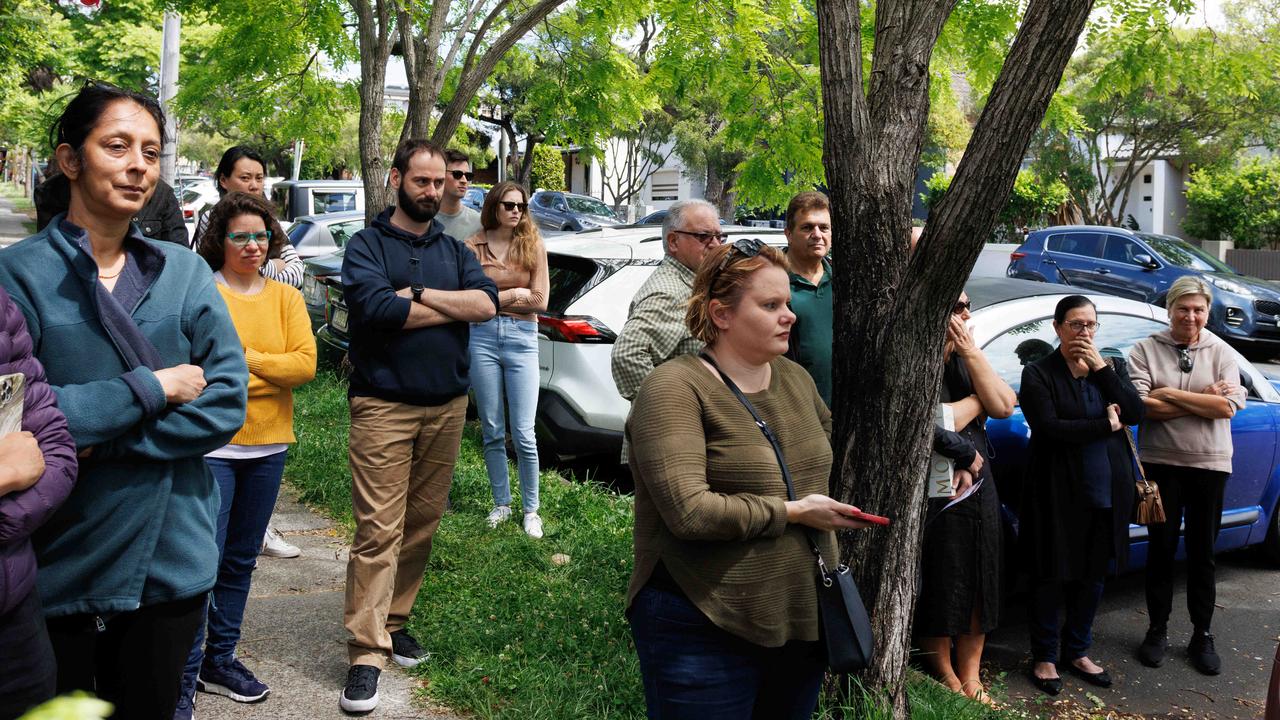Early rate cut would see values boom: SQM Research report
A major property boom could hit Australia within months but these top cities are in line for a huge collapse.

Australia is on the brink of a fresh property boom in 2025, as long as one thing happens early in the year, a new report has revealed.
SQM Research has released Christopher’s Housing Boom and Bust Report 2025, which predicts property market movements for the year ahead, when factoring in a range of separate economic outcomes.
In the most likely, or “base case” scenario, which would see a 25-50 basis point rate cut midway through next year and population growth of 500,000 plus, property values would rise 1-4 per cent as long as there were no new inflationary outbreak events.
Perth would lead the market with growth of 14–19 per cent, while Brisbane (9-14 per cent) and Adelaide (8-13 per cent) would also be strong performers.
Sydney and Melbourne would both see a downturn, with prices going backwards by as much as 5 per cent.
But all of this could change with a rate cut in the March quarter, as is still forecast by a number of economists.
RELATED:Melb home prices tipped to fall further in 2025
Sizzling forecast for Brisbane home prices in 2025
Why Sydney home prices will plummet in 2025

MORE: Wild reason these homes cost as little as $35k
Should the RBA pull the trigger in February, the research predicts growth of up to 10 per cent at a national level. And in this scenario, every capital city would return to growth.
Perth would still be top of the list with 15-20 per cent growth, followed by Brisbane (11-15 per cent) and Adelaide (10-14 per cent).
The rate cut would reverse the fortunes of Sydney and Melbourne, which would have growth of up to 7 per cent and 6 per cent respectively.
Report author and head of SQM Research Louis Christopher said he expected rate cuts to come post the March quarter and be between 25 and 50 basis points, which would “keep the price falls in Sydney and Melbourne to single digits”.
“Our two largest capital cities, along with Canberra and Hobart will start 2025 off in the red,” Mr Christopher said. “We are currently recording dwelling price falls in each of these cities.
“However, once interest rate cuts do occur, we are expecting a speedy bounce in demand for Sydney and Melbourne in particular, (where both are still) experiencing underlying housing shortage relative to the strong population growth rates.”
MORE:Where you can get homes for half the price

The potential for that quick recovery presented an opportunity for buyers to act now and gain equity in those markets, provided rates did come down in 2025, Mr Christopher said.
“If I am wrong and rate cuts do not occur in 2025, it is unlikely a recovery will occur in Sydney and Melbourne at any time next year.”
In another scenario, in which rate cuts fail to occur in 2025 and population growth falls below 400,000 people, Mr Christopher predicts values to go backwards by up to 4 per cent nationally, with Sydney falling by between 6 and 10 per cent and Melbourne between 3 and 9 per cent.
Perth would still record strong growth of between 7 and 11 per cent, as long as commodity prices remained stable.
“Ongoing strong population growth, combined with strong employment growth and an existing undersupply of homes for sale will keep driving Perth dwelling prices up,” the report stated. “The key risks for Perth are a slump in iron ore prices (from current levels).”
A fourth scenario where rates remain on hold, but population growth is 500,000 plus, would see a fairly static market, with a growth range between 1 per cent and a 3 per cent fall.
PropTrack economist Eleanor Creagh said interest rates were an important driver of property values, but “the supply of properties for sale, home building activity, labour market conditions, rate of immigration, state of rental markets and interstate and regional migration” were also factors at play.
MORE:Bad news for homebuyers ahead of Christmas

“Over the months ahead, the pace of home price growth is expected to slow. Elevated interest rates and affordability constraints are weighing on buyers while there are many more properties to choose from with more stock listed for sale – all contributing to the slowing in growth,” Ms Creagh said. “Still, prices are expected to remain on the rise in the months ahead, and once interest rates begin to move lower next year, rebooting buying activity with price growth likely to re-accelerate.
MORE:Emma McKeon’s $2.4m retirement plan
“Lower interest rates reduce the cost of borrowing, which lowers mortgage repayments. At the same time, with lower interest rates, buyers may qualify for larger loans because they can afford higher borrowing amounts with the same repayments. This can increase the purchasing power of buyers, enabling them to bid more for homes. This increased affordability is likely to fuel activity from potential buyers and bolster confidence among would-be buyers.”
Originally published as Early rate cut would see values boom: SQM Research report




